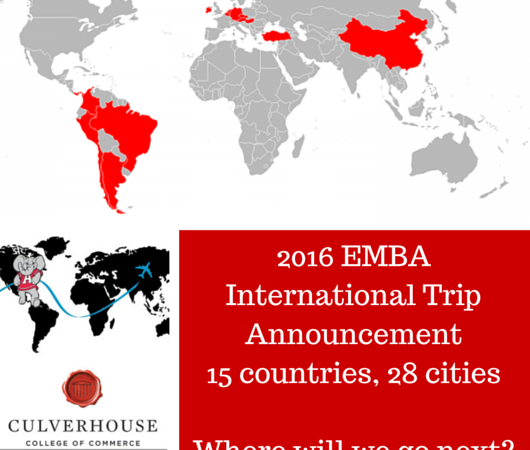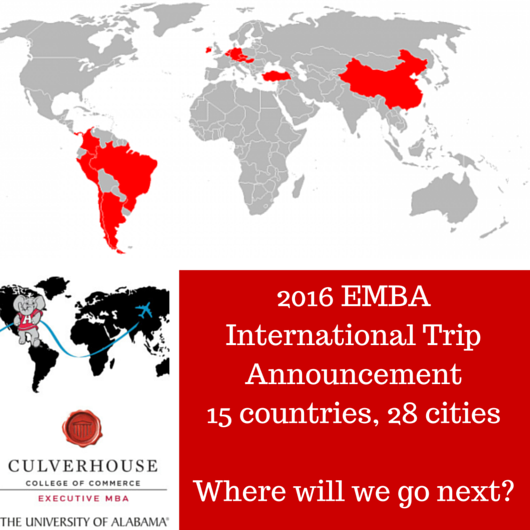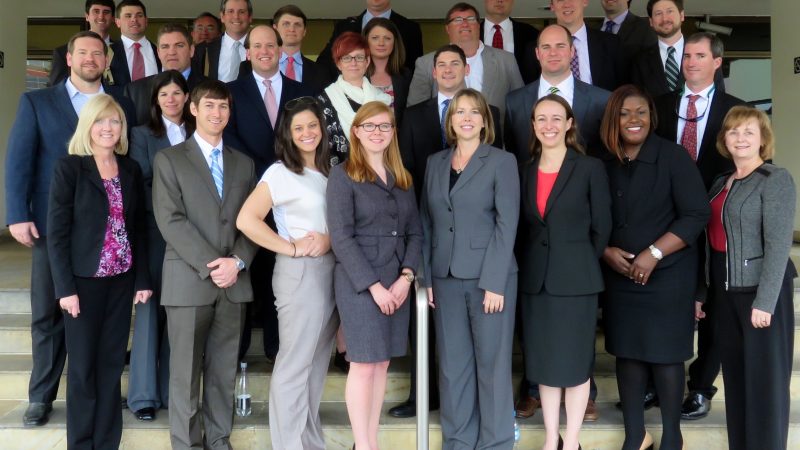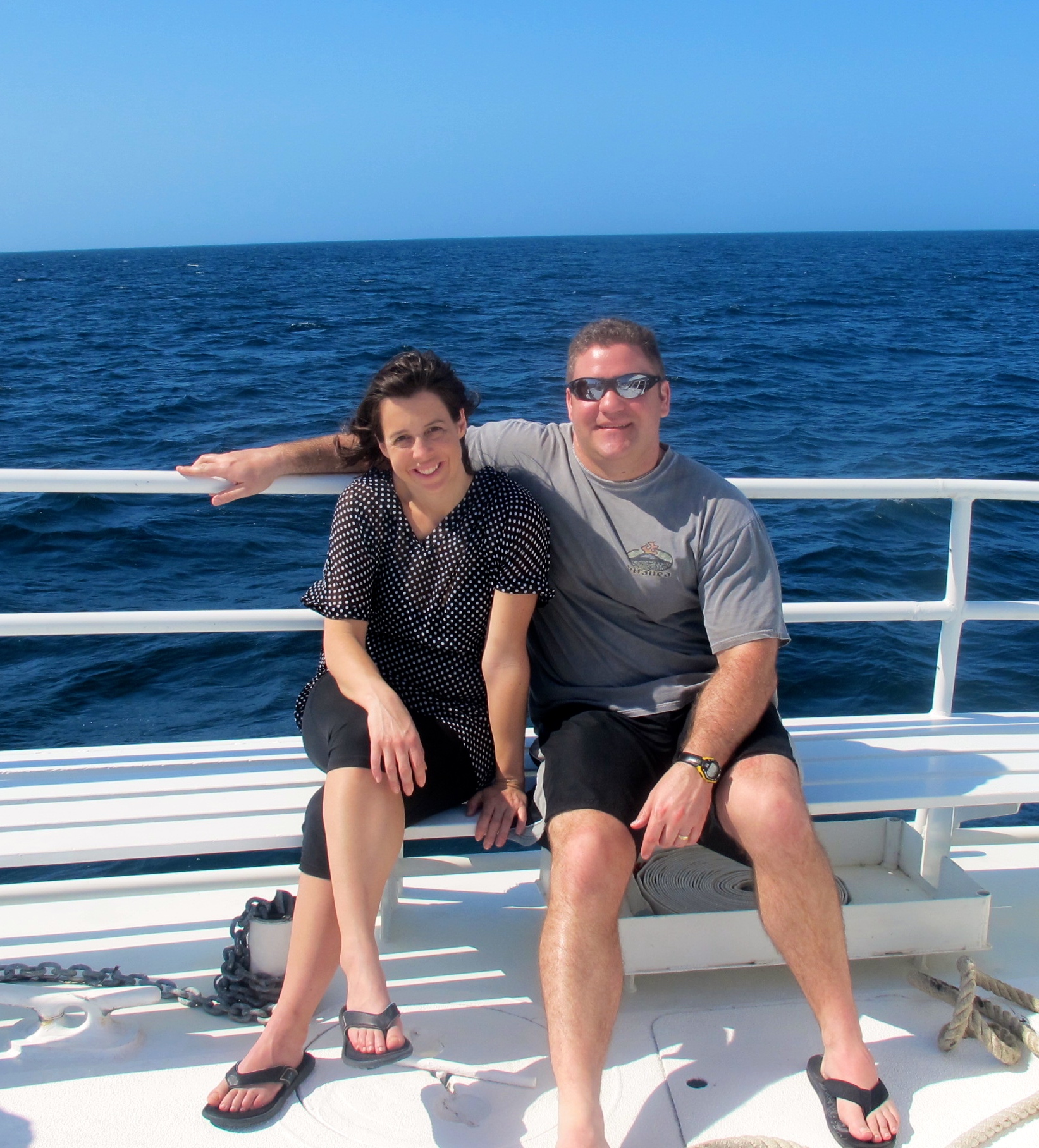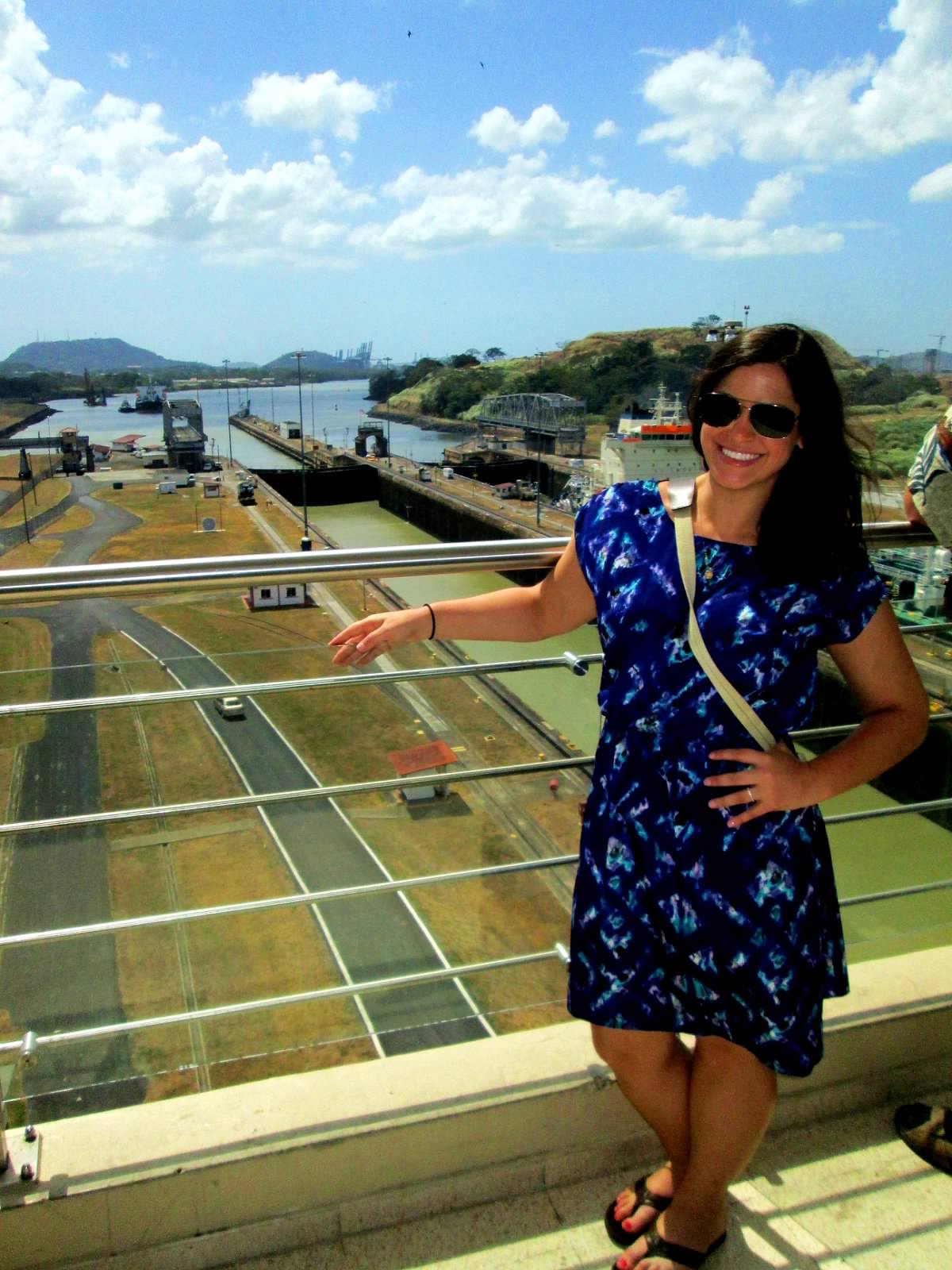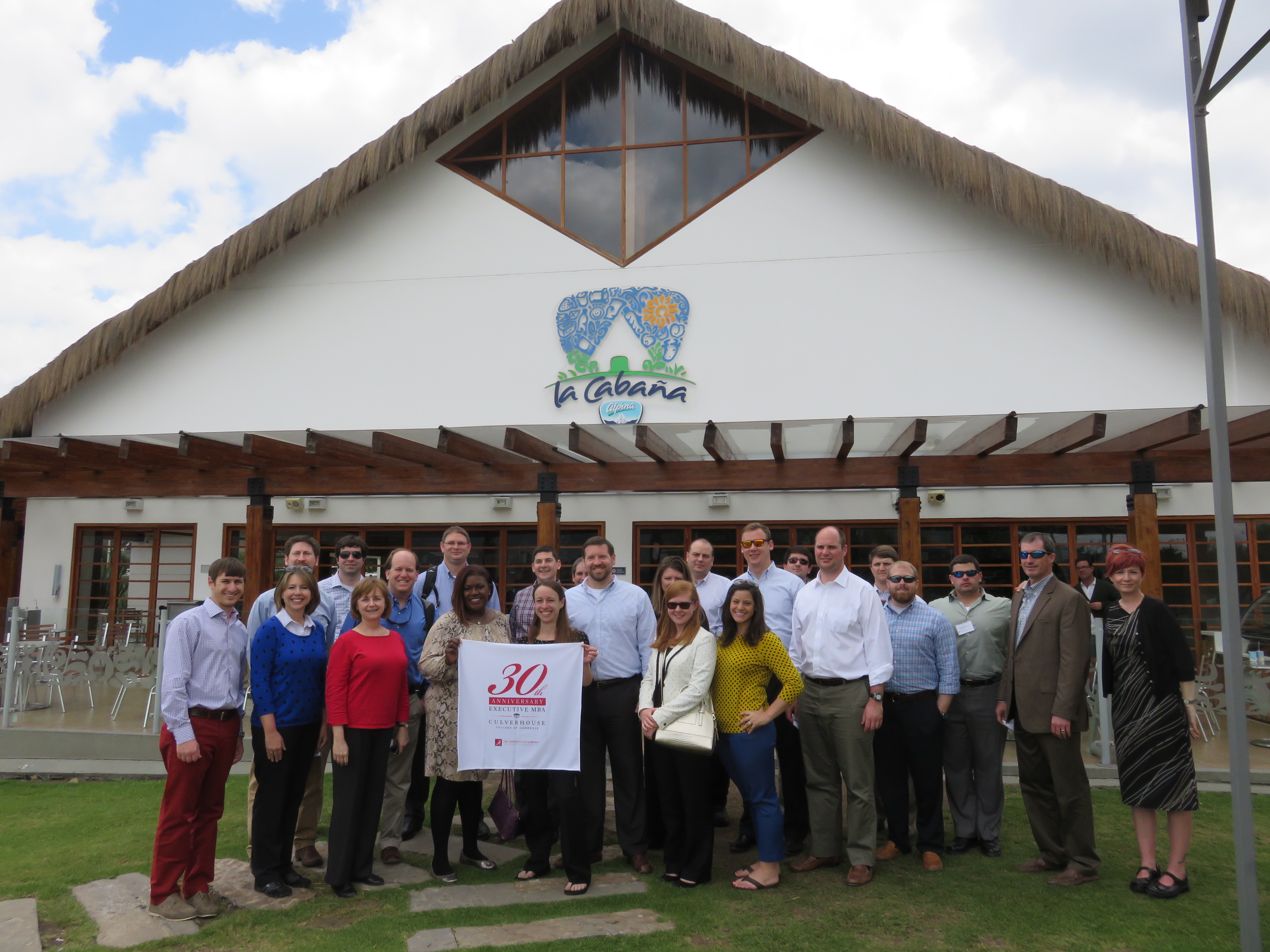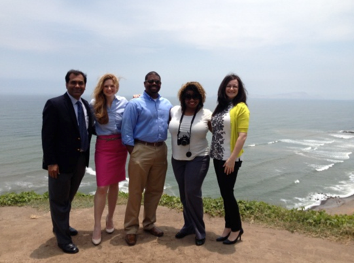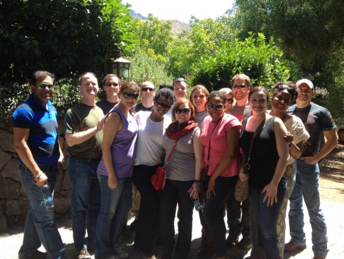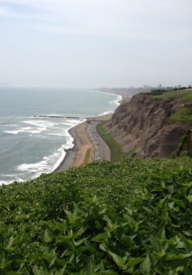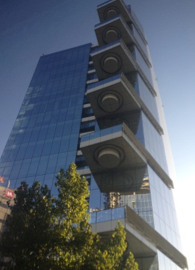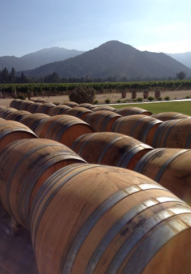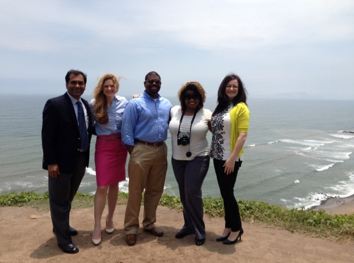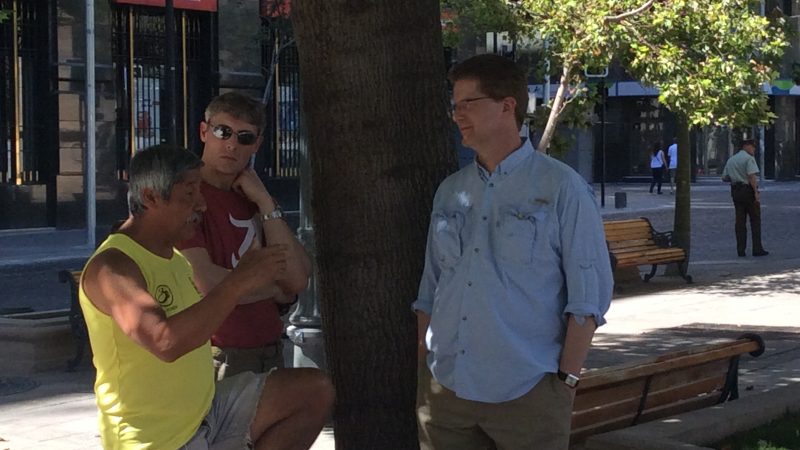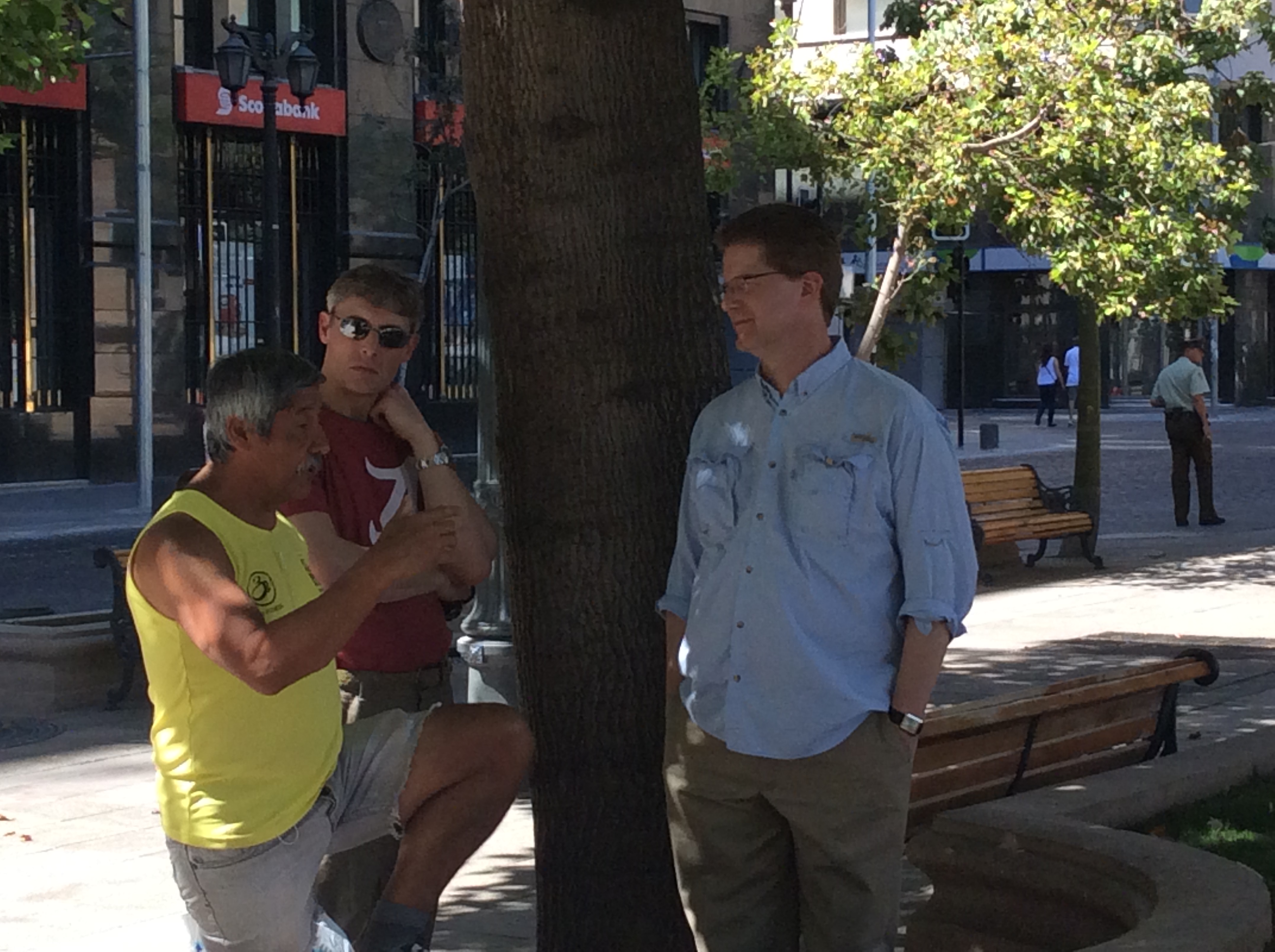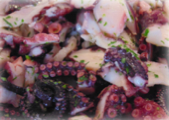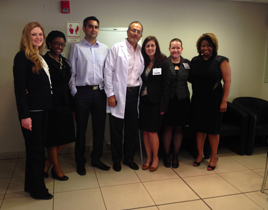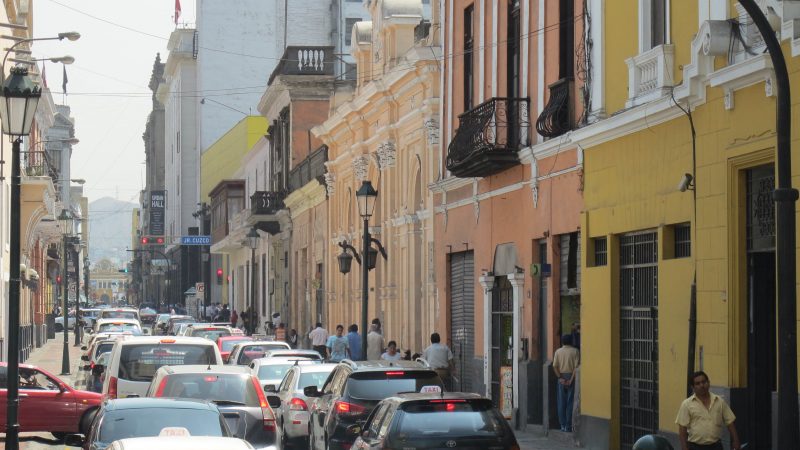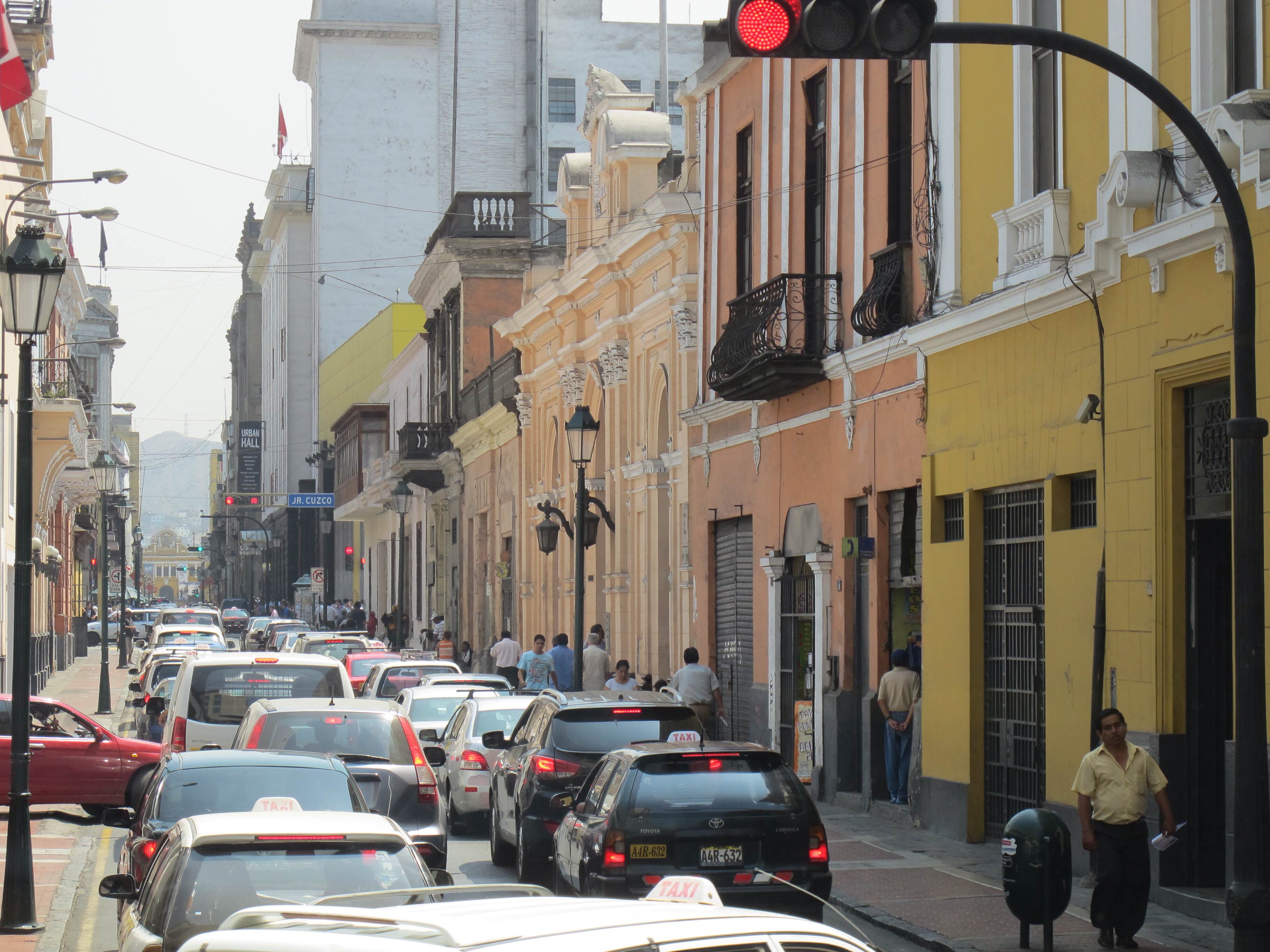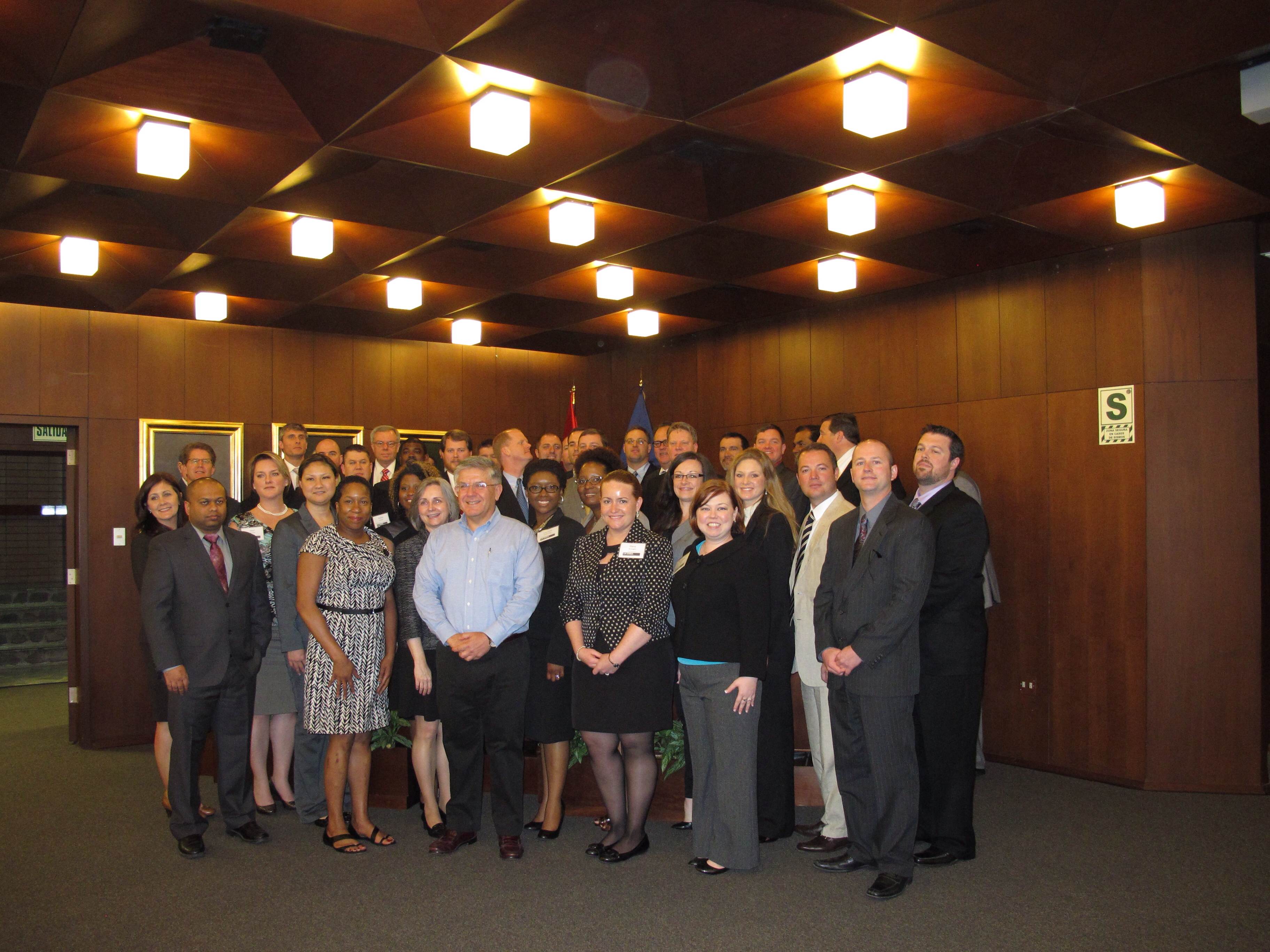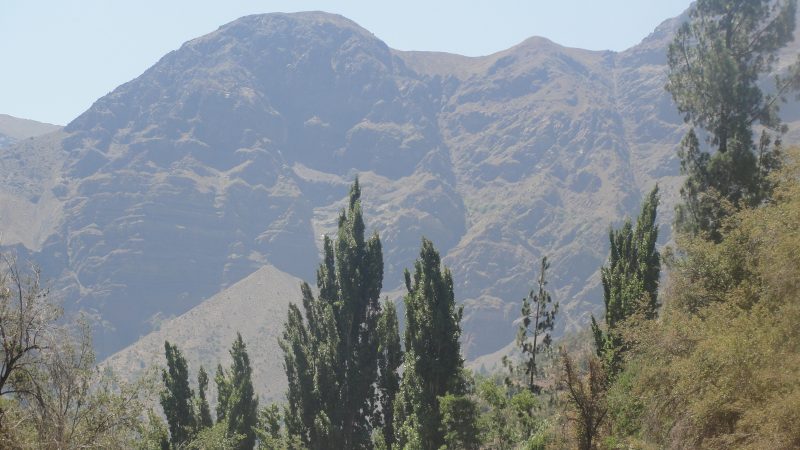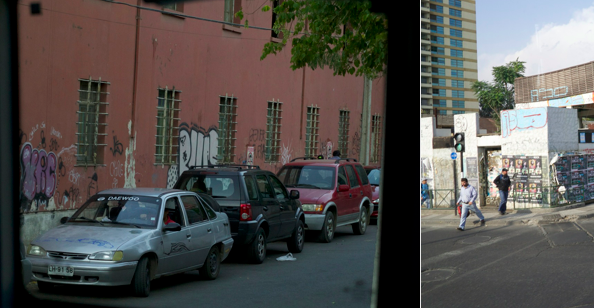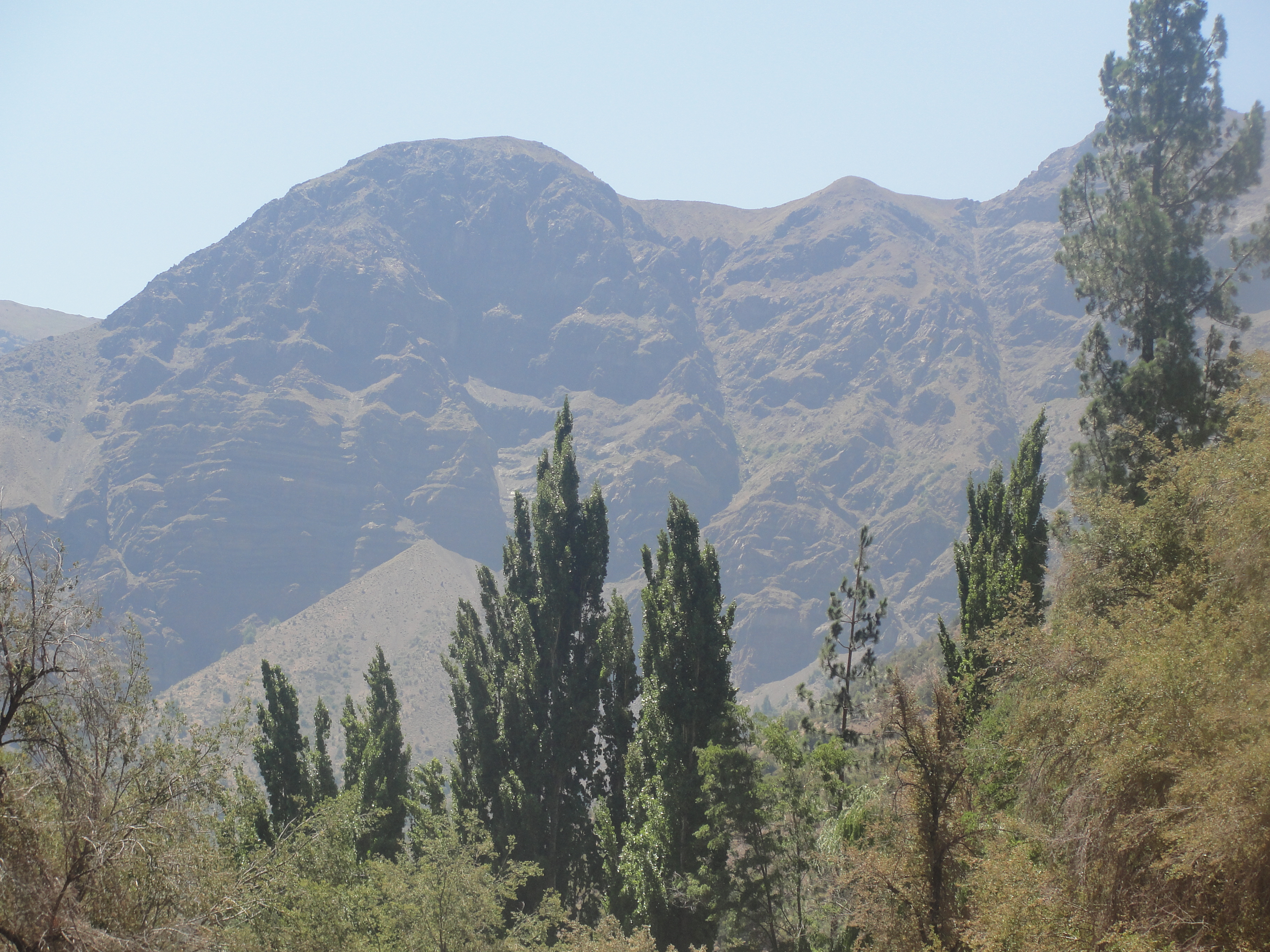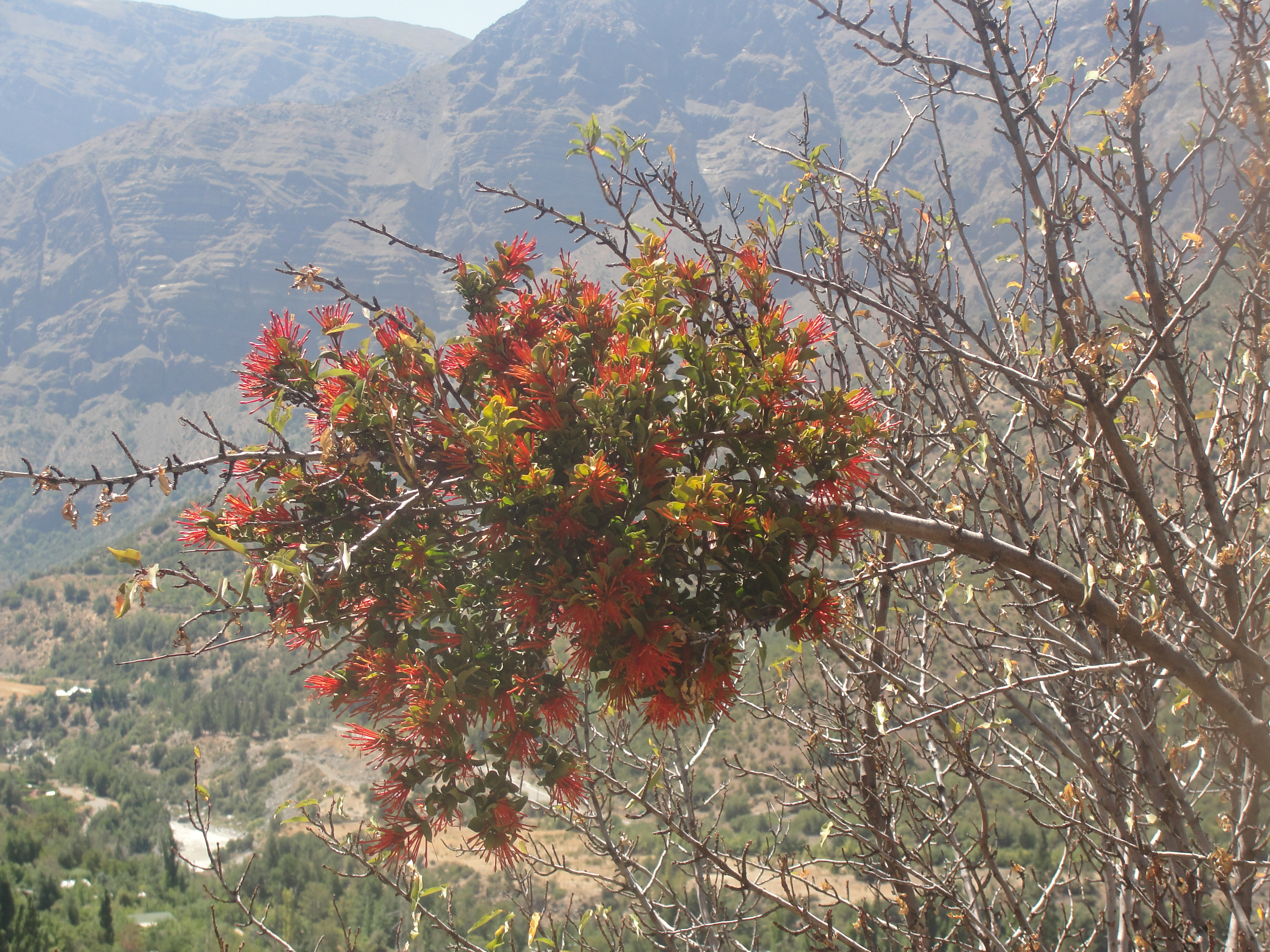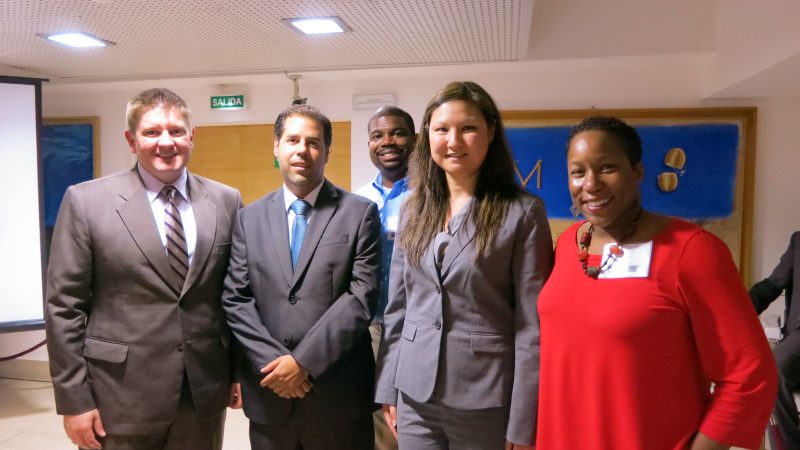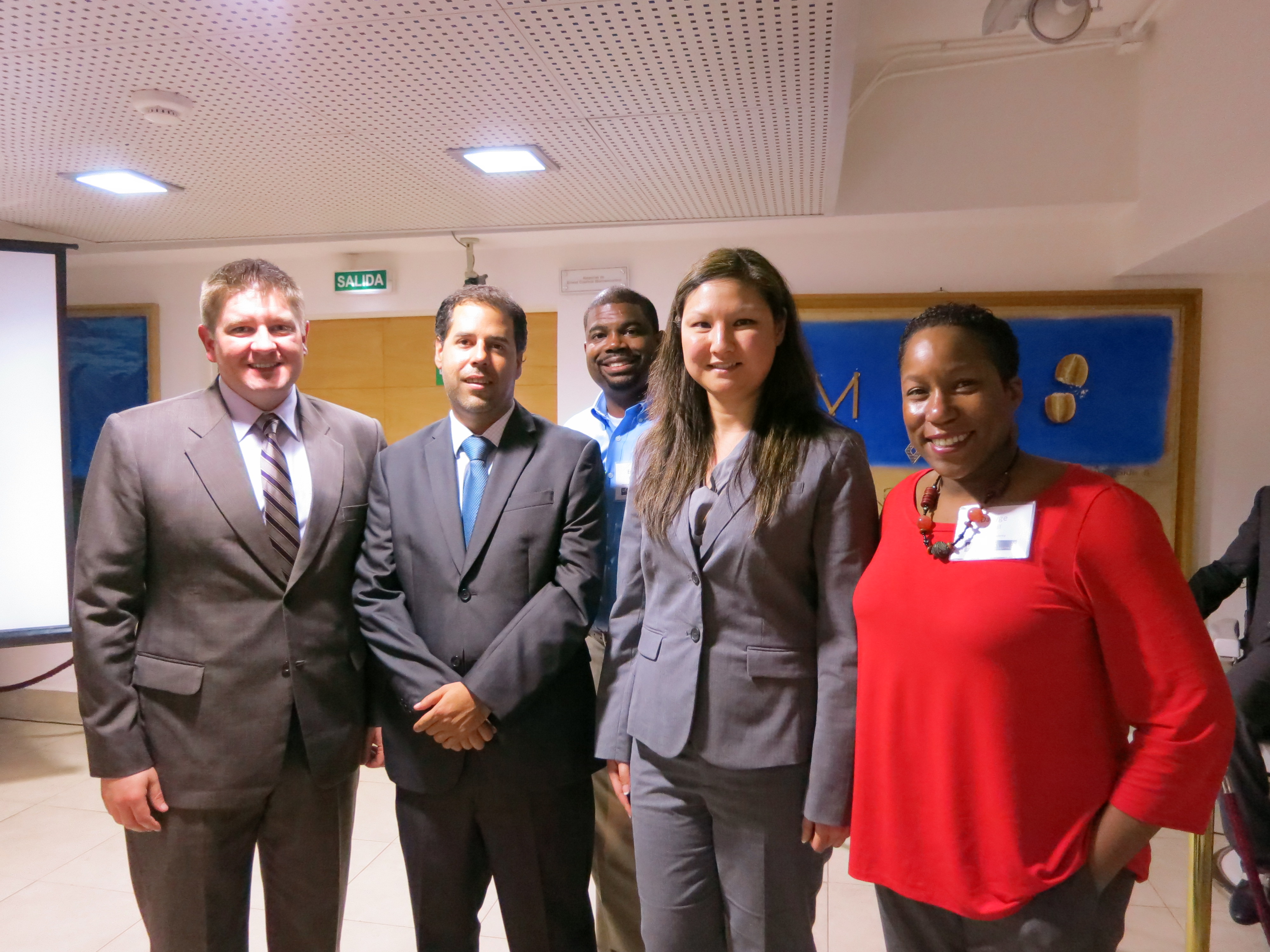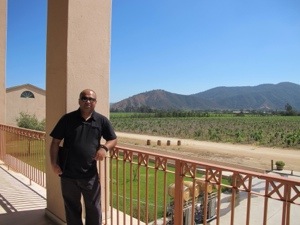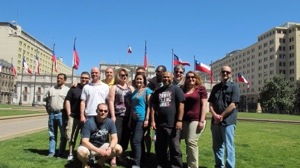Announcing the 2016 UA EMBA International Trip
- August 3rd, 2015
- in International Trip
The Culverhouse College of Commerce Executive MBA Class of 2016 will be going to Marrakech and Casablanca, Morocco and Madrid, Spain, February 27-March 5, 2016.
The 2016 trip is a requirement of the IBA 550 International Business course in the students final semester. It is also open to EMBA Alumni who would like to attend. “We began formally inviting alumni to join us on our study abroad trips in 2013 when we visited Turkey and it has been a successful program,” said Cheryl Altemara, assistant director, EMBA Programs. In addition to visiting companies, meeting with senior executives and government officials, and touring cultural sites, participants may also take part in an optional post trip to Barcelona, Spain.
The students not only visit companies but will tour Marrakech and Madrid and take a day trip to Kasbah Le Mirage situated just outside of Marrakech. They will experience Moroccan life, camel rides and a dinner in Berber tents. A special consulting project focusing on social enterprise in and around Marrakech is also being added to the program this year. Spain offers another business climate, culture and economic transformation for the students to study in depth.
Our travel agency this year will be the International Study Programs (ISP). Headquartered in Prague, ISP has been organizing global trips for EMBA Programs since 1999. Their vision is to create meaningful global academic experiences for business school students.
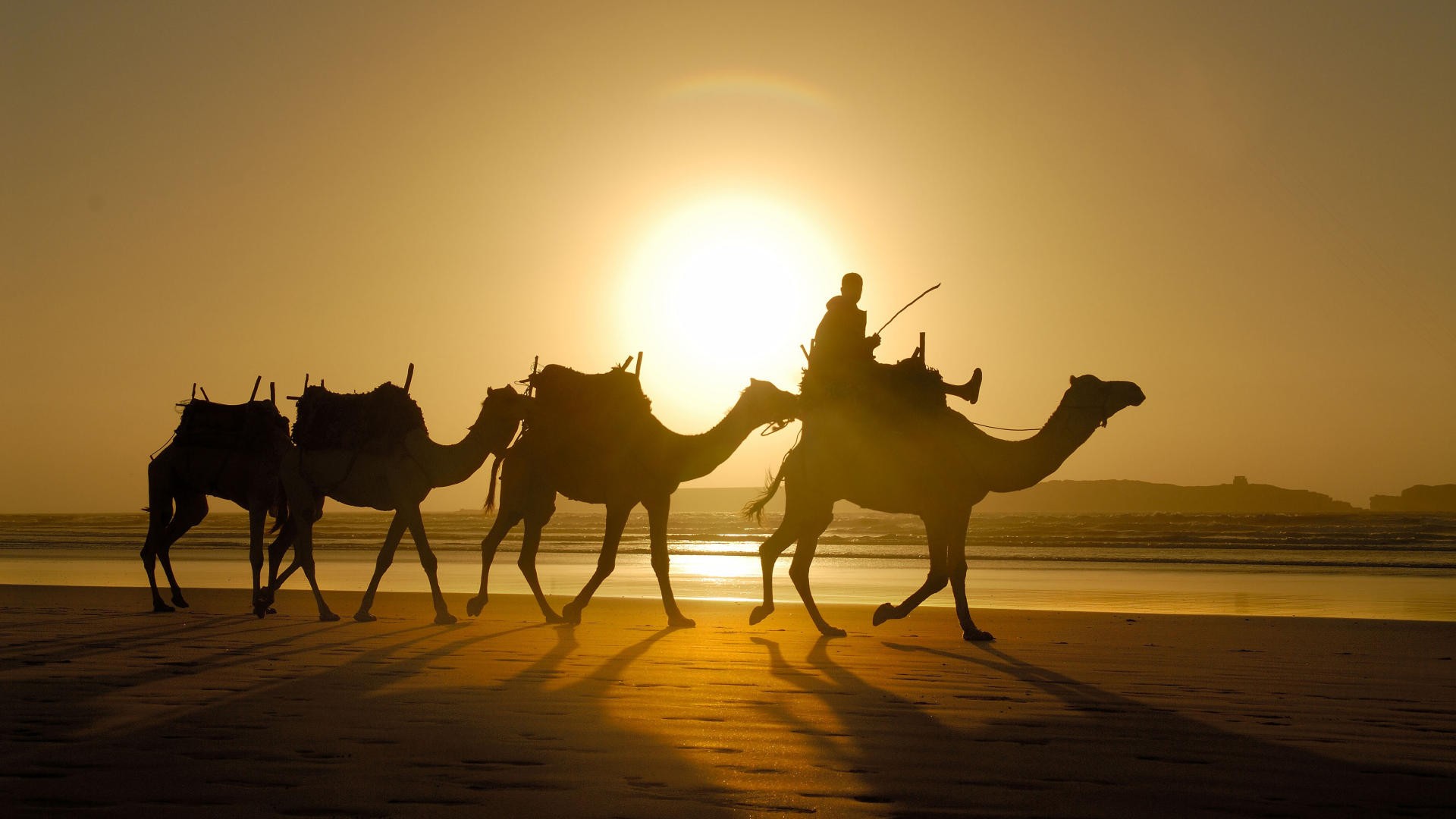 Morocco has a GDP of $179.2B (2015), 4.5% growth, unemployment at 9.2% and inflation at 1.9%. Benefiting from a stable political environment and increasing levels of foreign investment, Morocco benefits from its geographical proximity to key markets in Europe and its perception as a stable destination in a region where many countries have seen widespread political unrest. The country is expected to welcome over 11M visitors in 2015, up from 10.5M in 2014. Europe is a major source for arrivals but Morocco is increasingly targeting affluent visitors from the Middle East – and Emirates recently expanded its flight routes into the country from the UAE.
Morocco has a GDP of $179.2B (2015), 4.5% growth, unemployment at 9.2% and inflation at 1.9%. Benefiting from a stable political environment and increasing levels of foreign investment, Morocco benefits from its geographical proximity to key markets in Europe and its perception as a stable destination in a region where many countries have seen widespread political unrest. The country is expected to welcome over 11M visitors in 2015, up from 10.5M in 2014. Europe is a major source for arrivals but Morocco is increasingly targeting affluent visitors from the Middle East – and Emirates recently expanded its flight routes into the country from the UAE.
According to Spiegel Online, Spain is back from the brink and emerging as a model for Europe. During the crisis, Spain instituted strict reforms and successfully put its 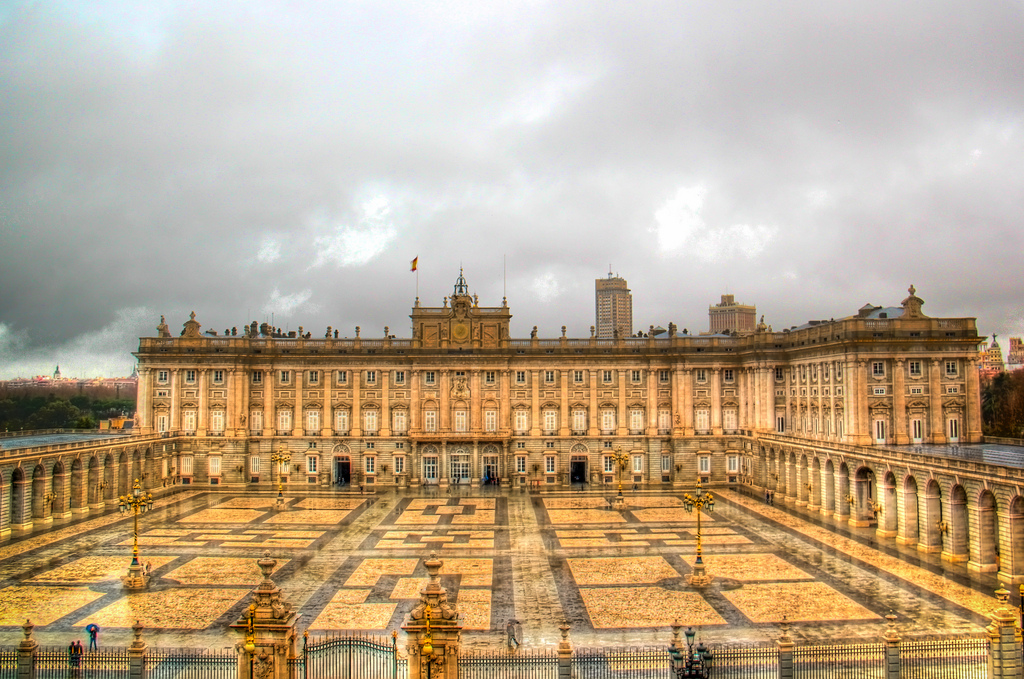 emphasis on exports, with one-third of Spanish goods and services shipped outside the country. Although Spain still has a long way to go, the European Central Bank is predicting that Spain will be one of the economic drivers of Europe in 2015. Powered by a cheap euro and low-interest, economic growth is predicted to rise by 2.3 percent this year, GDP at 1.4 trillion, while the Spanish government predicts increasing job growth.
emphasis on exports, with one-third of Spanish goods and services shipped outside the country. Although Spain still has a long way to go, the European Central Bank is predicting that Spain will be one of the economic drivers of Europe in 2015. Powered by a cheap euro and low-interest, economic growth is predicted to rise by 2.3 percent this year, GDP at 1.4 trillion, while the Spanish government predicts increasing job growth.
The post trip is to Barcelona, the cosmopolitan capital of Spain’s Catalonia region, is defined by quirky art and architecture, imaginative food and vibrant street life. It has medieval roots, seen in the mazelike Gothic Quarter, but a modernist personality represented by architect Antoni Gaudí’s fantastical Sagrada Família church. The central Boqueria market, ranging from fine dining to tiny tapas bars, anchors Barcelona’s restaurant scene. In addition, we will also travel to Tarragona and the caves Montau de Sadurini.
To join the trip, please contact the EMBA office for more information. The trip package for alumni, from check-in February 27 to check out on March 5, includes a single room (5 star accommodations), breakfasts, company visits, lunches, city tours of Marrakech and Madrid, the February 28 Kasbah excursion, and opening and farewell dinners. Spouses may also attend.
If your class never got to go on an international trip, here’s your chance. If you have attended a previous trip, this time you get to enjoy without classwork or a final presentation!
We look forward to having you join us. For more information and cost, contact Donna Blackburn, 205.348.8748. For more information on the Culverhouse Executive MBA Program check out the website at www.emba.ua.edu.

